Gembone Cabochons: Discover the Mesmerizing Beauty of Dinosaur Bone Jewelry
Introduction Delve into the captivating realm of dinosaur bone jewelry, where the ancient meets the contemporary in a mesmerizing fusion of science and art. Explore...

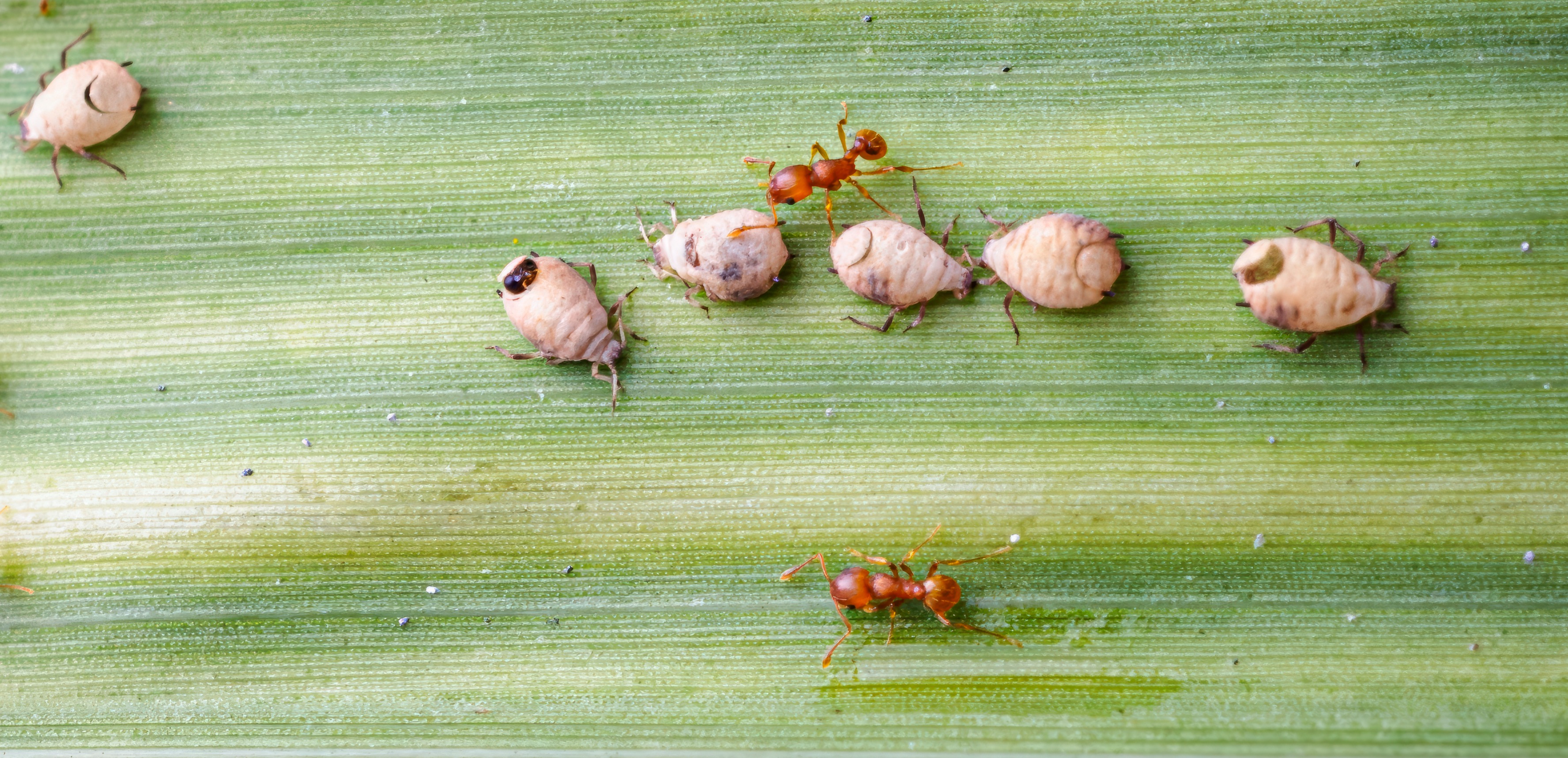
Meet aphid parasitoids - tiny wasps armed with an arsenal of biological weaponry, ready to wage a relentless battle against their destructive archenemies, the aphid pests. It is a world of suspense where each intricate detail of their life cycle and host-parasite relationships reveals a captivating story of resilience and adaptability. These minute warriors embody the essence of survival - their pursuit of freedom from infestation takes center stage.
Aphid parasitoids are natural enemies of aphids and play a crucial role in biological control methods.
Deploying aphid parasitoids as a biological control method can reduce the need for chemical insecticides, saving costs and promoting sustainable agricultural practices.
Implementing conservation strategies such as promoting habitat diversity and minimizing pesticide use is essential for the long-term conservation of aphid parasitoids.
Understanding the diversity of aphid parasitoid species and their interactions with aphids is crucial for implementing effective biological control strategies.
Picture a sun-drenched meadow, alive with the vibrant colors of wildflowers. A gentle breeze rustles the grass, a sea of aphids clusters on a tender leaf. Little do they know that a tiny wasp stealthily perched nearby has already marked it as its next victim.
In a split second, this airborne assassin dives with lightning speed, injecting its lethal eggs into unsuspecting aphids.
The aphid's world shatters as its body becomes a living battleground, a biological warzone. Inside, the wasp's offspring grow and thrive, consuming their host from within...
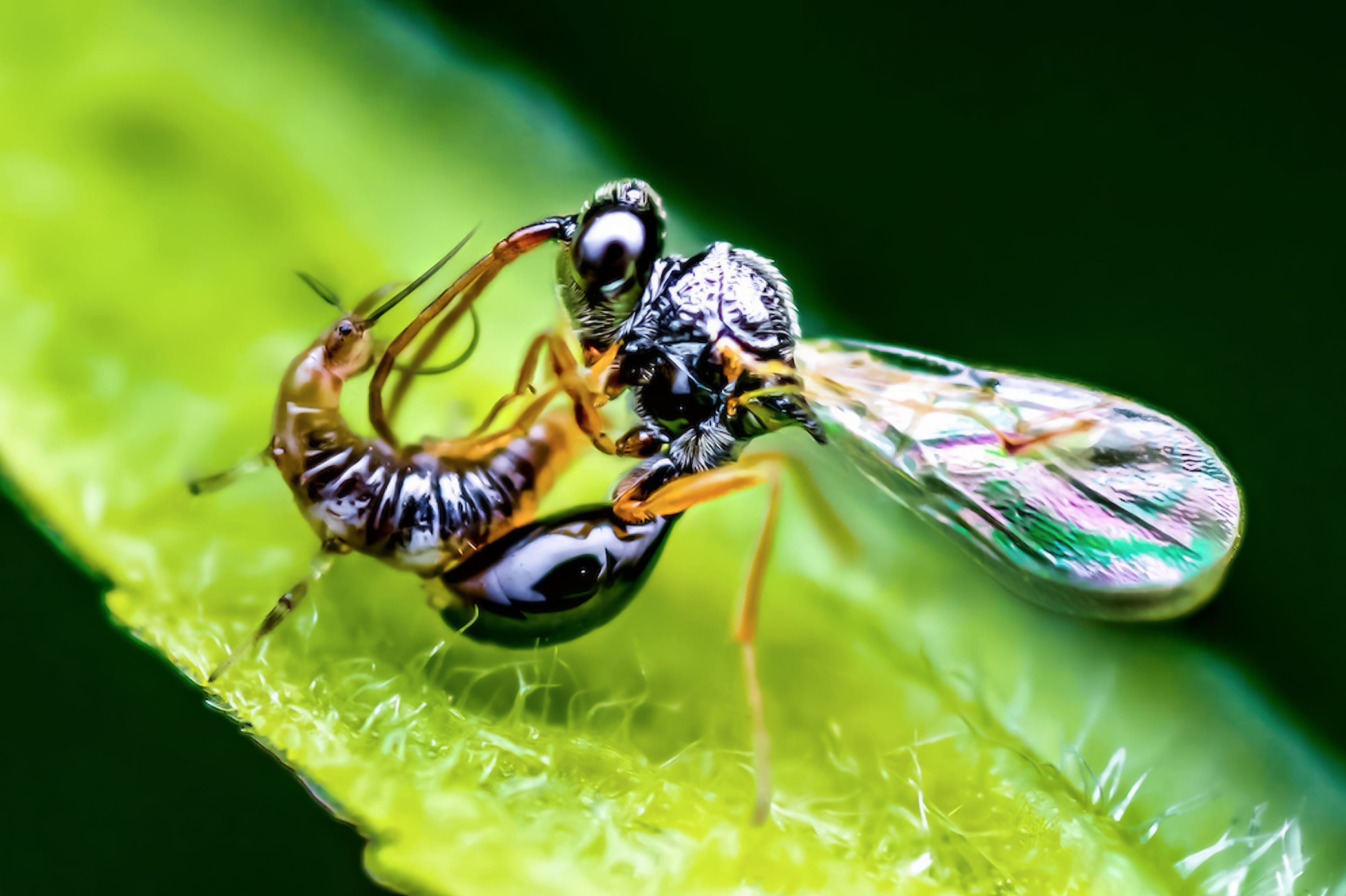
Days pass, and the aphid, now a mere shell of its former self, succumbs to its fate.
But the wasp's relentless pursuit of survival has just begun. Emerging from the lifeless aphid's body, a new generation of warriors takes flight, ready to continue the cycle of life and death.
With each battle won, the aphid parasitoids prove their resilience and adaptability, evolving strategies to outsmart their adversaries. They harness the power of disguise, laying their eggs in aphid colonies, mimicking their scent, and remaining undetected until it's too late for the unsuspecting aphids.
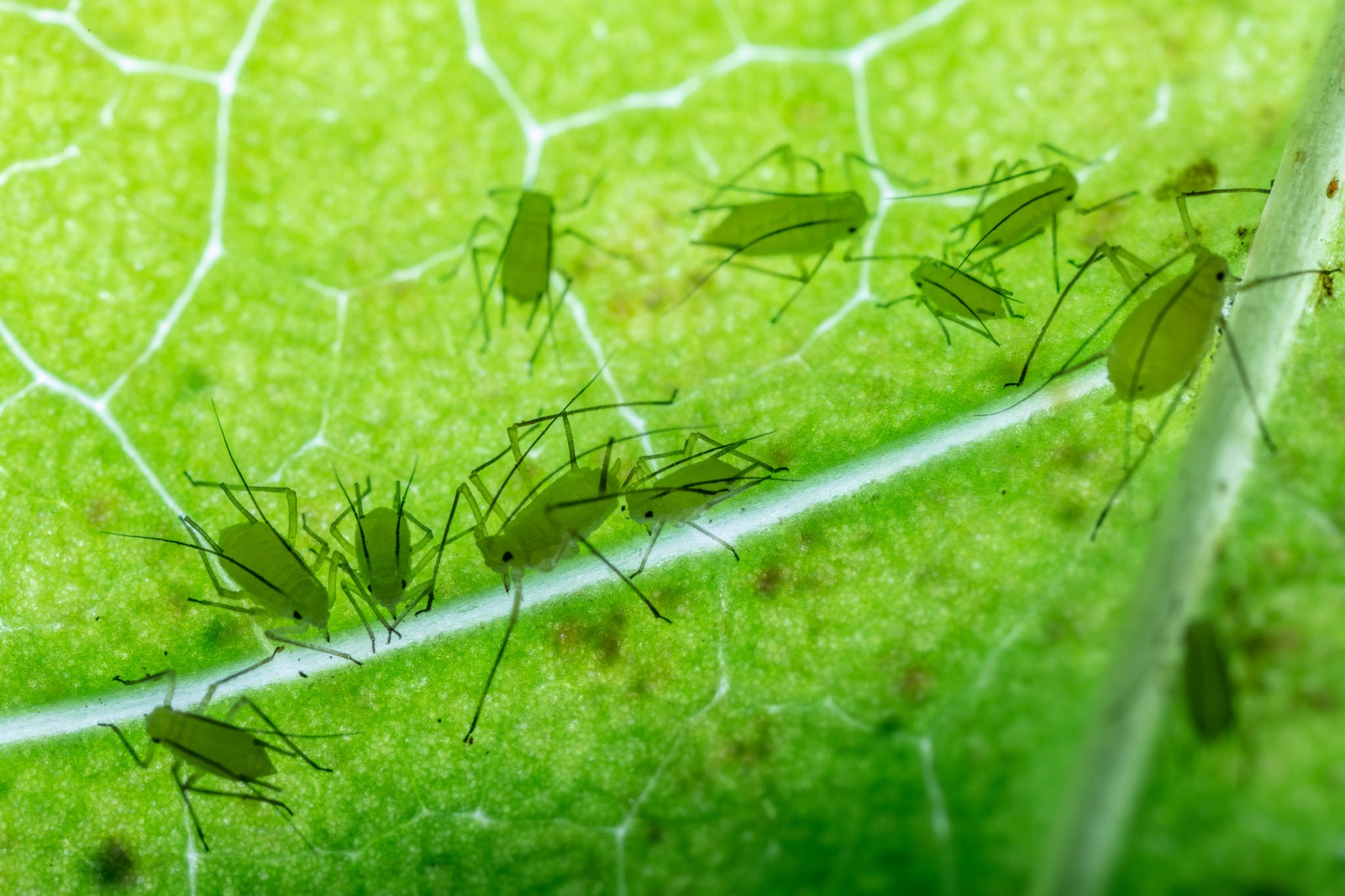
Aphids are small insects that can cause damage to plants. They belong to the order Hemiptera and are also known as plant lice. Aphids feed on plant sap using their mouthparts, weakening the plant and making it susceptible to disease. They reproduce quickly, with females capable of giving birth to multiple generations without mating.
Aphids can infest various plants, including crops, fruits, and trees. They excrete a sticky substance called honeydew, which can attract other pests and create black sooty mold.
Methods such as biological control using parasitoid wasps, chemical insecticides, and cultural practices like crop rotation are used to control aphids. These methods help manage aphid populations and reduce the need for harmful chemicals.
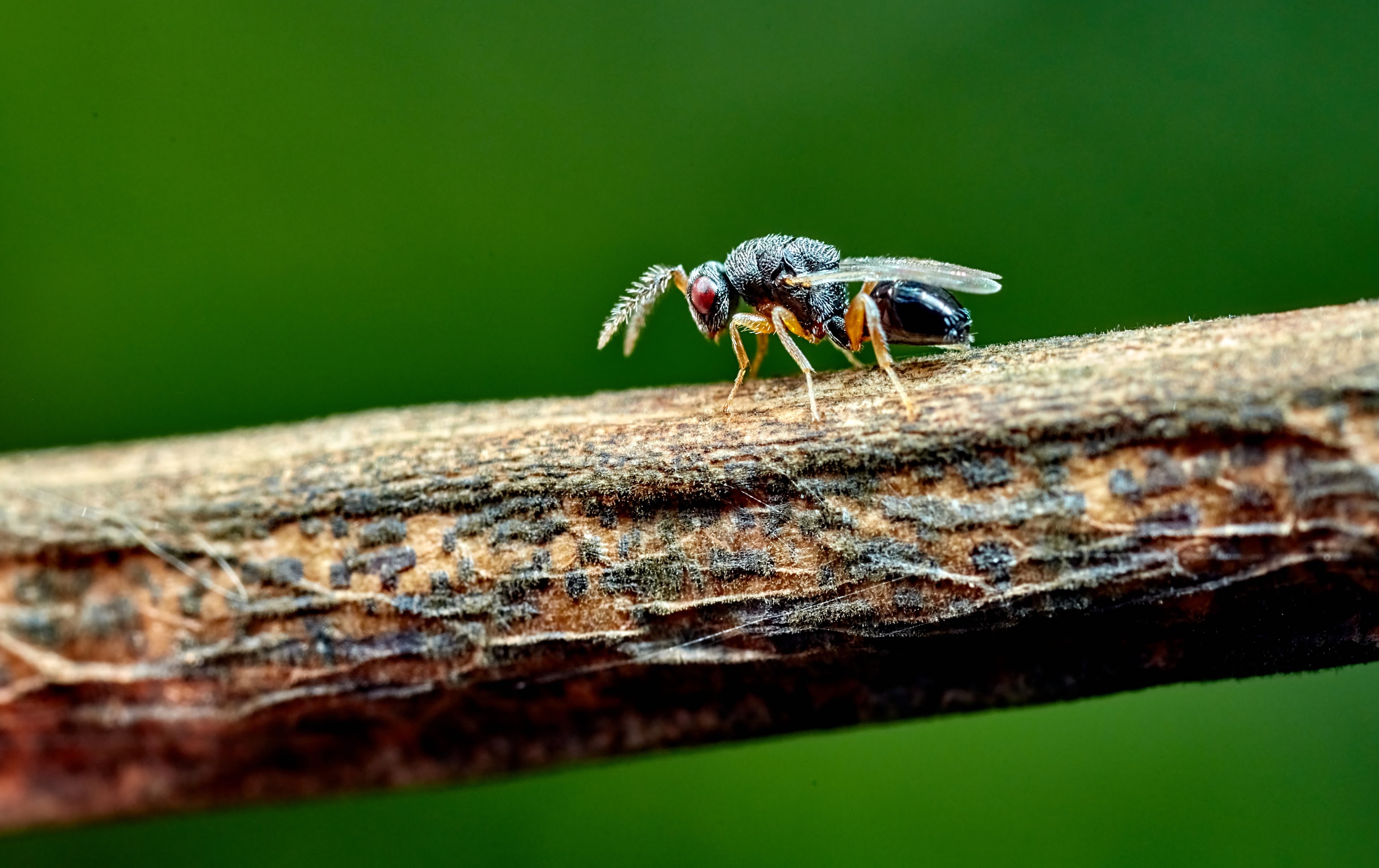
Parasitoids are organisms that have a unique relationship with their hosts. Unlike true parasites, they ultimately cause the death of their hosts. They have fascinating evolutionary origins, dating back millions of years. They lay their eggs on or in the body of another organism, with the developing larvae consuming the host from within.
The interaction between hosts and parasites is crucial for maintaining the balance of ecosystems. Aphid parasitoids help maintain the balance of agricultural ecosystems by preventing aphid outbreaks and reducing the need for chemical pesticides. These insects have evolved various adaptations to locate and parasitize aphids efficiently. Female parasitoids use their sharp ovipositors to lay eggs inside aphids, leading to the host's death. This strategy ensures the survival of the parasitoid offspring while reducing aphid numbers. Promoting habitat diversity and minimizing pesticide use is essential to conserve these beneficial insects.
The relationship between aphids and parasitoid wasps is fascinating. These tiny wasps actively search for suitable aphid colonies to parasitize. When they find an aphid, the female wasp inserts its eggs into the aphid, starting the host-parasite relationship.
Once the egg is inserted, the wasp larva hatches and develops inside the aphid. This behavior is unique because the larva selectively feeds on non-essential tissues of the aphid, allowing it to survive and continue feeding. This ensures the aphid remains a viable food source for the developing wasp larva.
As the larva grows and matures, it eventually chews a hole in the aphid's abdomen, creating an escape route. The eggs hatch and the wasp larvae feed on the aphid from within, like a horror movie come to life. This eventually causes the aphid's death.
The fully developed adult wasp chews an escape hatch in the rear of the aphid husk (below-left) and emerges through the opening, leaving behind a mummified aphid, also known as an "aphid mummy."
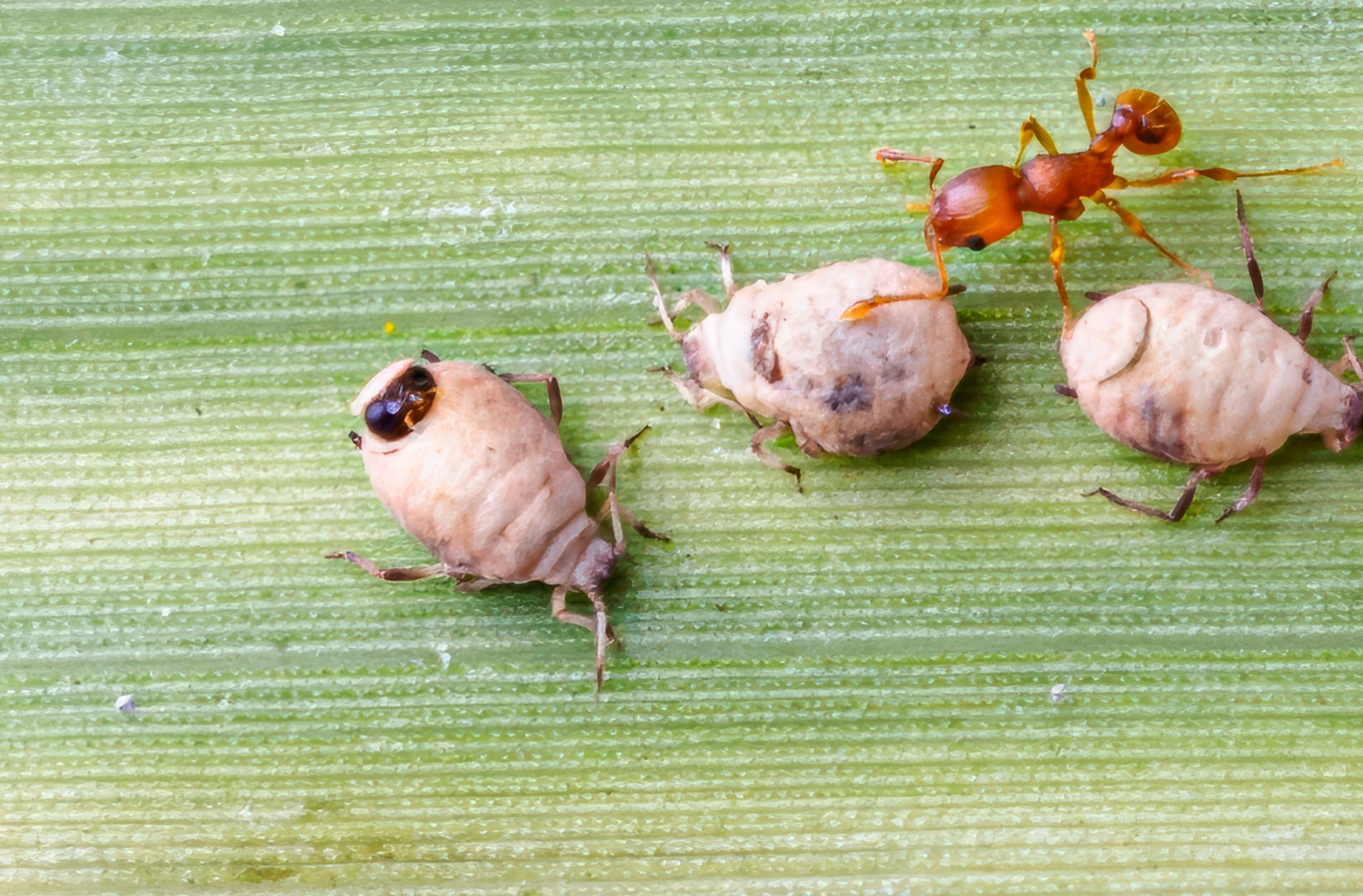
Parasitoids can be found in various groups of organisms, including insects, wasps, and certain types of flies. They have specific behaviors and adaptations to ensure their reproduction and survival. One fascinating characteristic is their ability to manipulate their host's behavior, compelling it to protect and provide for their offspring. Parasitoid wasps, such as Aphidius ervi and Aphidius colemani, provide a natural biological control method for managing aphid populations. They significantly reduce the number of aphids in agricultural settings and gardens, preventing damage to crops and plants.
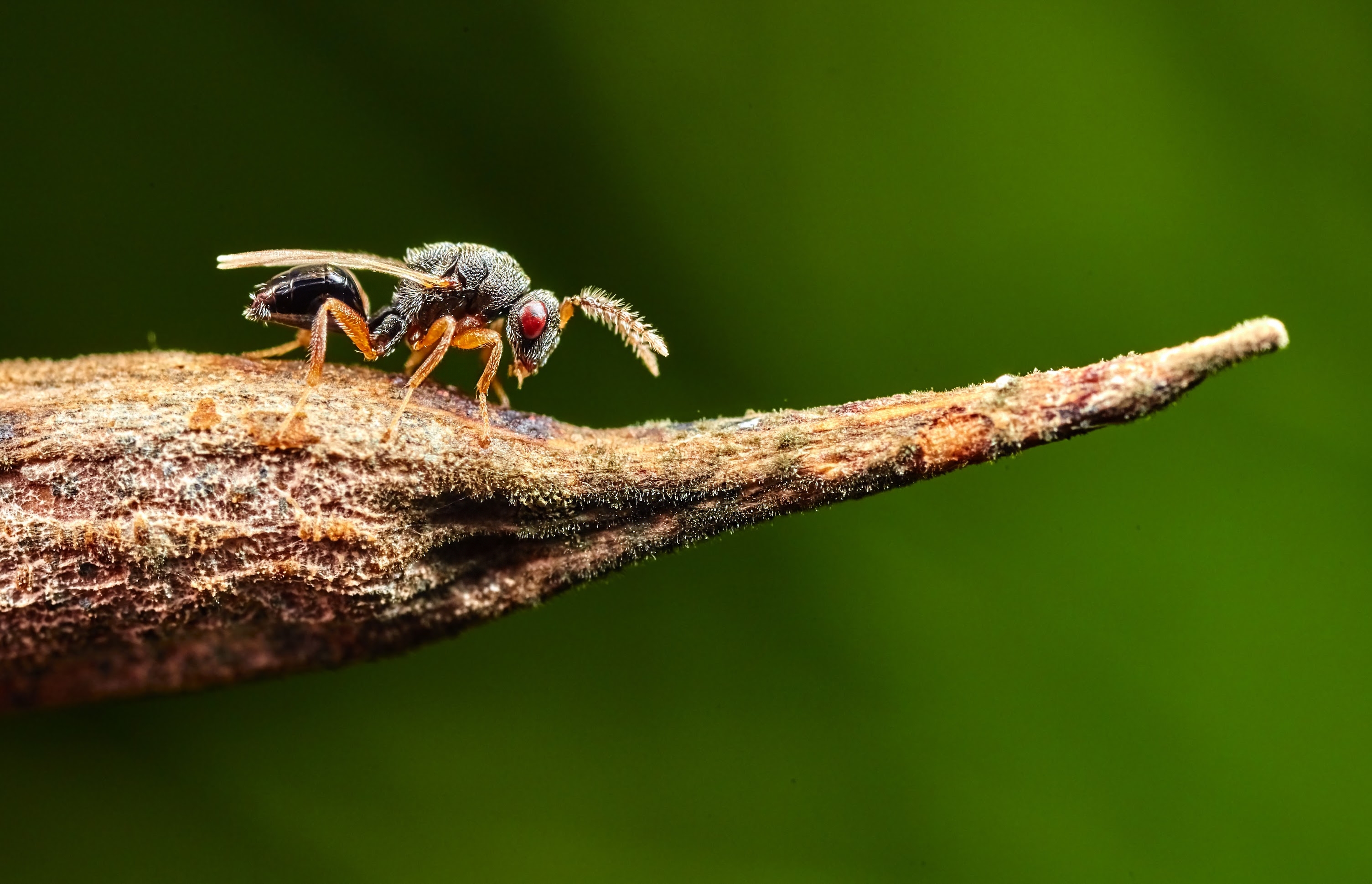
Aphid parasitoids have evolved various strategies to find their host aphids. They rely on a combination of chemical signals, visual cues, and vibrational communication to detect the presence of aphids. Chemical signals released by the host plants act as attractants, guiding the parasitoids towards their hosts.
Additionally, some parasitoids possess the ability of genetic recognition, enabling them to identify specific aphid species based on genetic cues. These sophisticated mechanisms allow aphid parasitoids to locate and parasitize their preferred hosts efficiently.
Not all aphid parasitoids are wasps. Many aphid parasitoids are tiny wasps, but some parasitoids of aphids come from other insect groups, like flies and beetles.
Biological control is a component of integrated pest management (IPM) that uses natural enemies, such as aphid parasitoids, to manage pest populations. Aphid parasitoids are effective in controlling aphid infestations in crops.
They are known to parasitize and kill aphids, reducing their numbers and preventing further crop damage. Using parasitoids as a natural control method is considered to have minimal ecological impact and is a sustainable approach to managing aphid infestations in agriculture.
Aphid parasitoids are subject to predation from many natural enemies, including ladybugs, lacewings, hoverflies, spiders, predatory bugs, and hyperparasitoids.
These wasps can significantly reduce aphid populations, preventing major outbreaks by parasitizing and killing aphids. Their parasitism rates in agricultural fields can sometimes reach 70-90%. Factors like hyperparasitoids, ants, landscape complexity, and aphid traits influence the ability of parasitoids to control aphids. Their interactions maintain balance in the ecosystem.
Aphid parasitoids play a key ecological role in regulating aphid populations and preventing plant damage through their natural biocontrol services.
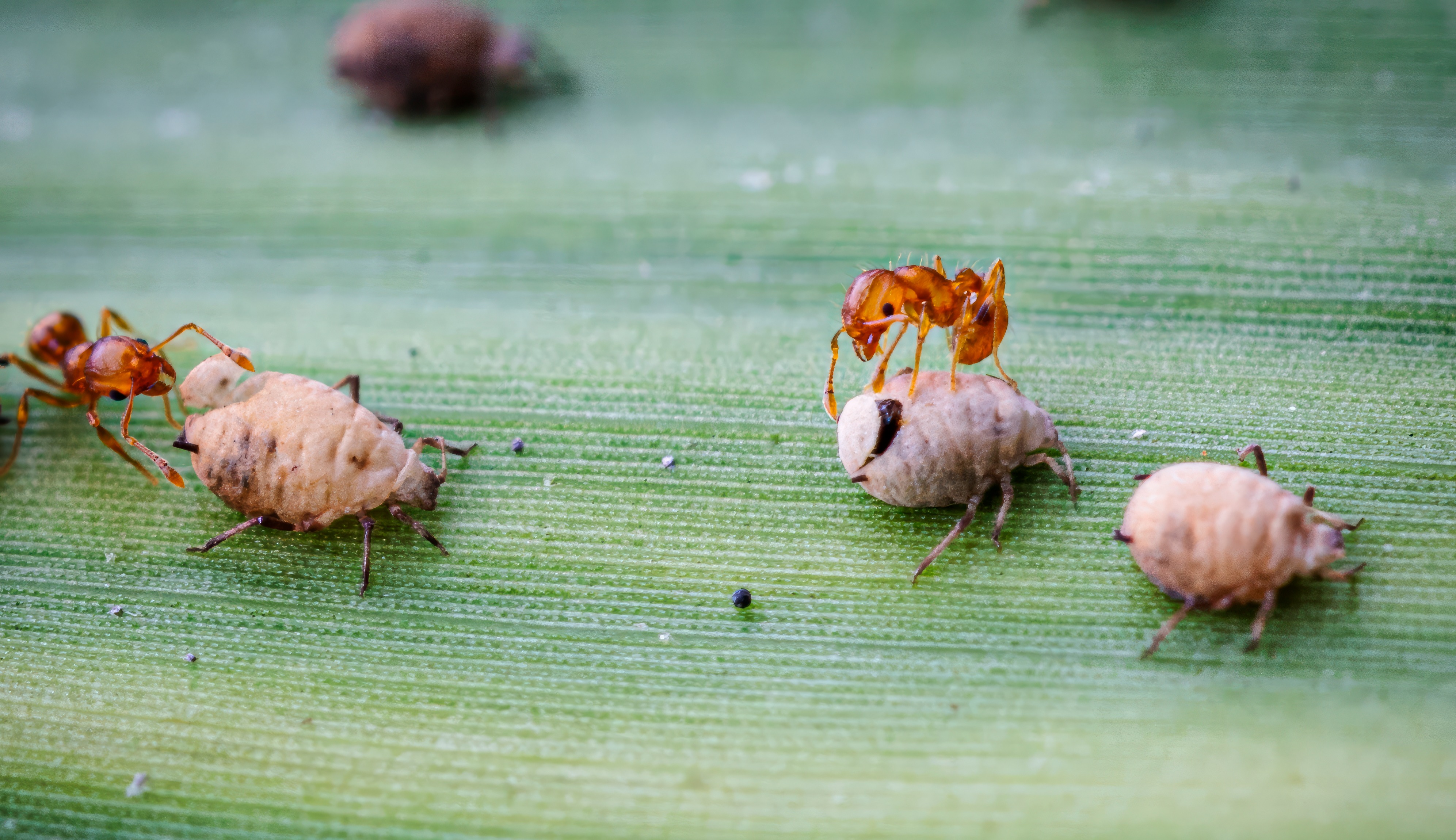
The intricate relationship between aphid parasitoids and aphids is a fascinating example of nature's balance. The diverse species of parasitic wasps play a crucial role in controlling aphid populations, ultimately benefiting the overall health of ecosystems. Through their complex life cycle and host-parasite interactions, these tiny wasps showcase the delicate intricacies of the natural world, highlighting the interdependence of species for their survival and success.
Partager cet article